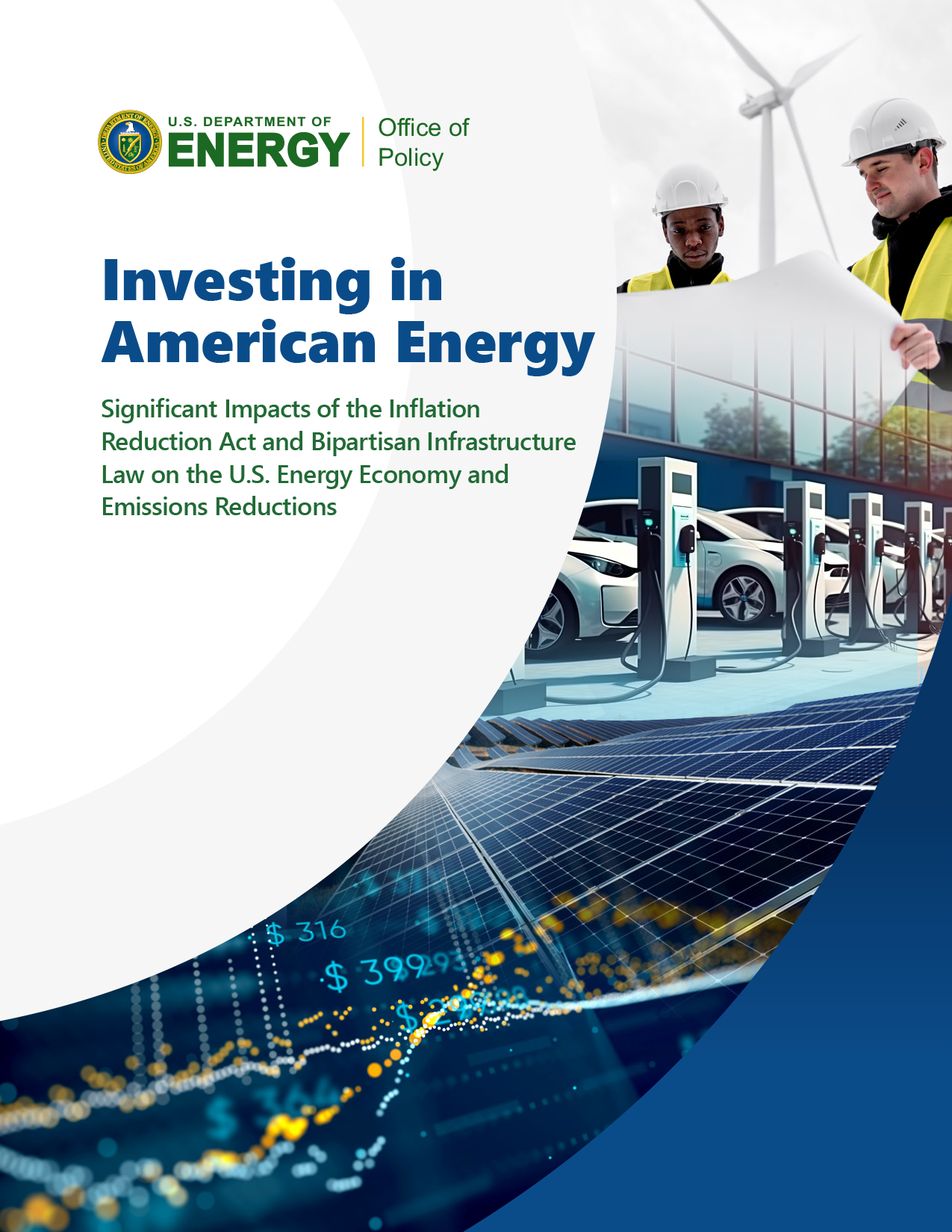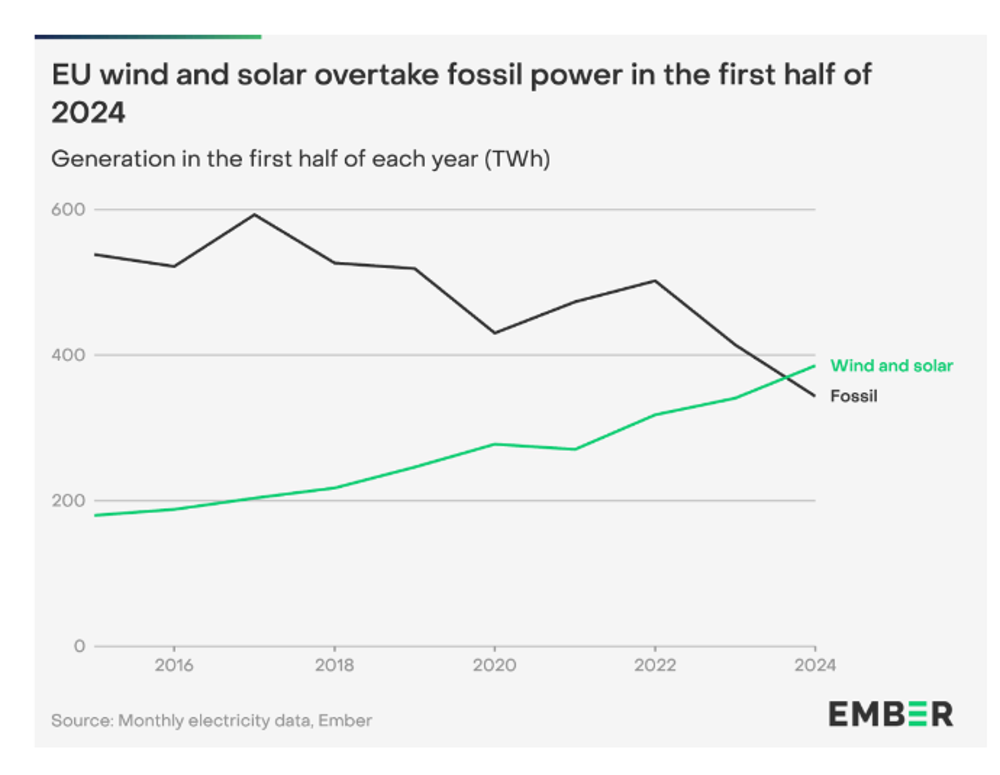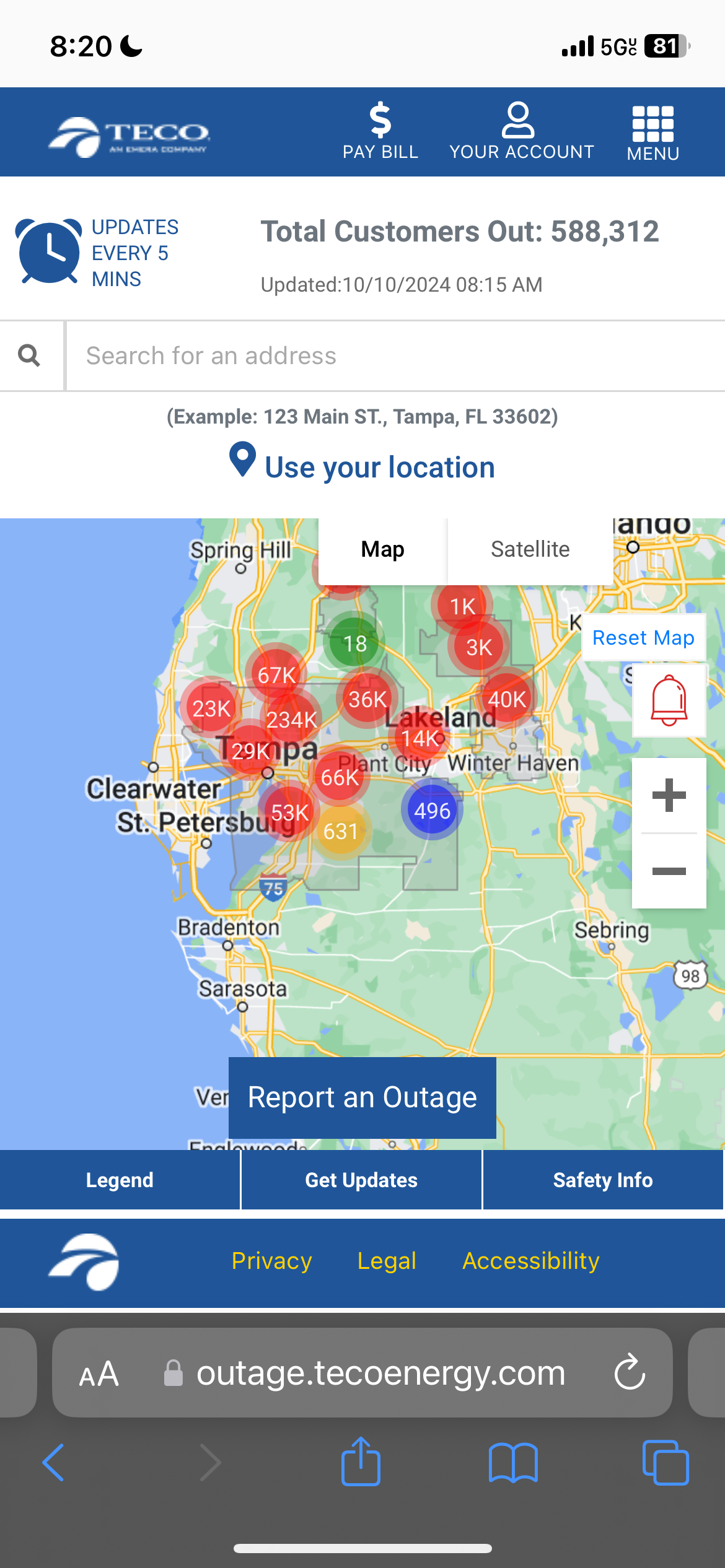
The Inflation Reduction Act (IRA) and Bipartisan Infrastructure Law (BIL) are revitalizing the U.S. energy system by investing in American energy supply chains, clean energy job creation, emissions reduction, and consumer energy savings.
DOE’s latest report “Investing in American Energy: Significant Impacts of the Inflation Reduction Act and Bipartisan Infrastructure Law on the U.S. Energy Economy and Emissions Reductions” describes the key results from new analysis on the impacts of IRA and BIL in OP-NEMS, a customized version of the National Energy Modeling System (NEMS). Most significantly, IRA and BIL are poised to:
- Save American families billions of dollars on energy bills, including between $27 billion and $38 billion savings on their electricity bills from 2022–2030 relative to a scenario without the legislation.
- Strengthen U.S. energy security by reducing net crude oil imports 44%–59% between 2022 and 2030, relative to a 35% decline in a scenario without the legislation.
- Make significant progress toward climate targets by reducing net U.S. greenhouse gas emissions to 35%–41% below 2005 levels in 2030.
- Nearly double the share of clean electricity generation, from 42% in 2022 to 72%–81% in 2030.
- Accelerate the electrification of the American vehicle fleet, with share of zero-emission light-duty vehicles (LDV) sales reaching 49%–65% in 2030.
While there are many pathways to reach climate targets, three of the key pillars to achieve net-zero are to increase energy efficiency, decarbonize electricity, and electrify end uses and switch to other clean fuels all while ensuring benefits and costs of the transition are equitably distributed. This new analysis highlights how IRA and BIL leverage these pathways to make significant progress.
The “Investing in American Energy: Significant Impacts of the Inflation Reduction Act and Bipartisan Infrastructure Law on the U.S. Energy Economy and Emissions Reductions” report was developed through extensive analysis and a combination of modeling. Read the full report here.
Courtesy of Energy.Gov
I don’t like paywalls. You don’t like paywalls. Who likes paywalls? Here at CleanTechnica, we implemented a limited paywall for a while, but it always felt wrong — and it was always tough to decide what we should put behind there. In theory, your most exclusive and best content goes behind a paywall. But then fewer people read it! We just don’t like paywalls, and so we’ve decided to ditch ours. Unfortunately, the media business is still a tough, cut-throat business with tiny margins. It’s a never-ending Olympic challenge to stay above water or even perhaps — gasp — grow. So …




